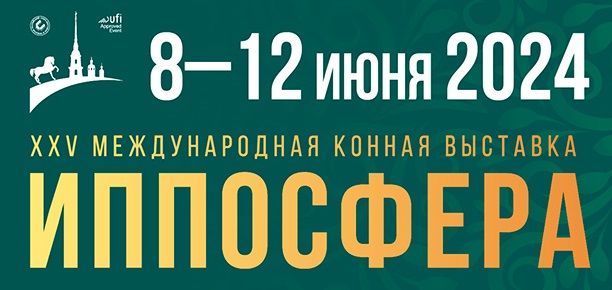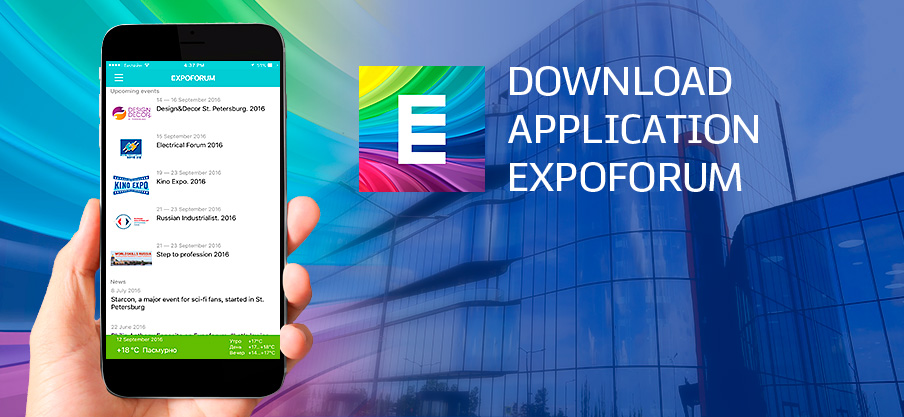High-standard hippotherapy
Hippotherapy is very important for rehabilitation of children with disabilities. Participants in the Round Table «Hippotherapy: New Standards», which was held as part of the 25th International Equestrian Exhibition «Hipposphere 2024», discussed the criteria to be met by equestrian clubs rendering adaptive-riding services.
The head of the Regional Public Organization (RPO) «Accord», a member of the Expert Council of the National Federation of Hippotherapy and Adaptive Equestrian Sports (NF IACS), psychologist Natalia Sladkova noted that hippotherapy should be an analogue of background physical education.
«Special children walk a little, communicate with people a little, travel a little and see nothing but home and rehabilitation facilities, they cannot go out in the yard, run, play on the playground. And during the session of hippotherapy, you neither lie on the massage table nor sit in front of a speech pathologist, you don’t see white medical coats, which have already been shaking from, but you feel like a horseman and a man. Your parents are proud of you and admire you. They will not show to their friends photos from classical medical rehabilitation, and photos from hippotherapy are framed», stressed Natalia Sladkova.
Olga Sochevanova, a judge of the international category, Director of the Autonomous Non-Profit Charitable Organization «Wellness Equestrian Centre «Sunny Island»«, recalled that in 2023, the state standard for assessing quality of adaptive horseback-riding services was adopted in Russia. The next stage will be certification of equestrian centres by the interregional group of experts, which will streamline this area.
«When parents of children with disabilities choose this type of rehabilitation, they need to understand where to go. There are a lot of people who say they are engaged in hippotherapy, but in fact, they have nothing to do with it. It’s just siphoning off money and causing harm, because this service has its own contraindications», explained Olga Sochevanova.
Experts pay attention to presence of hippotherapy horses, ramps, fenced area, euro-ground, special equipment and ammunition in the equestrian centre under certification. This procedure is still voluntary, but in future it is likely to become mandatory, continues Olga Sochevanova. Herewith, according to her, equestrian centres do not need to be driven into such a framework that will interfere with their work.
«The requirements, on the one hand, should protect against quackery, and on the other hand, allow professionals not only to provide the services, but also train specialists in the basic centres», she explained.
Ekaterina Sergeeva, a coach of adaptive equestrian sports, the head of the equestrian department at Equestrian Sports Club «Novopolye», drew the audience’s attention to the fact that not every horse is suitable for adaptive horseback-riding.
«Previously, hippotherapy mainly involved horses from sports. Accordingly, they were aged and not always healthy. Now it comes to the point that a special breed intended for hippotherapy is going to be bred», she stressed.
Researching about 70 heads in equestrian clubs in St. Petersburg, Pskov, Novgorod and Irkutsk showed that for hippotherapy, horses with their height of 120 cm to 170 cm at the withers are suitable.
«If they are very high, it will be difficult to secure the patient», explained Ekaterina Sergeeva.
Another important criterion is the horse’s back length.
«Very often, in hippotherapy exercises, the person is laid on his back. And many horses do not match this criterion: they are too short, and the patient’s head hangs down», clarifies Ekaterina Sergeeva.
According to the research, in 48% of cases, crossbreed horses were used in rehabilitation, she added.
According to Ekaterina Sergeeva, a hippotherapeutic horse should be stress-resistant, human-focused, have the ability to learn and the satisfactory state of its health. The program for assessing and testing a horse for the possibility of using it in hippotherapy consists of several stages. It is necessary to assess the exterior and biomechanics, conduct the visual inspection, watch the animal’s attitude towards a stranger, reaction to an unfamiliar item, sharp sounds and movements of the rider, she listed.

 Calendar
Calendar
 Online application
Online application
 Map
Map
 How to get
How to get



